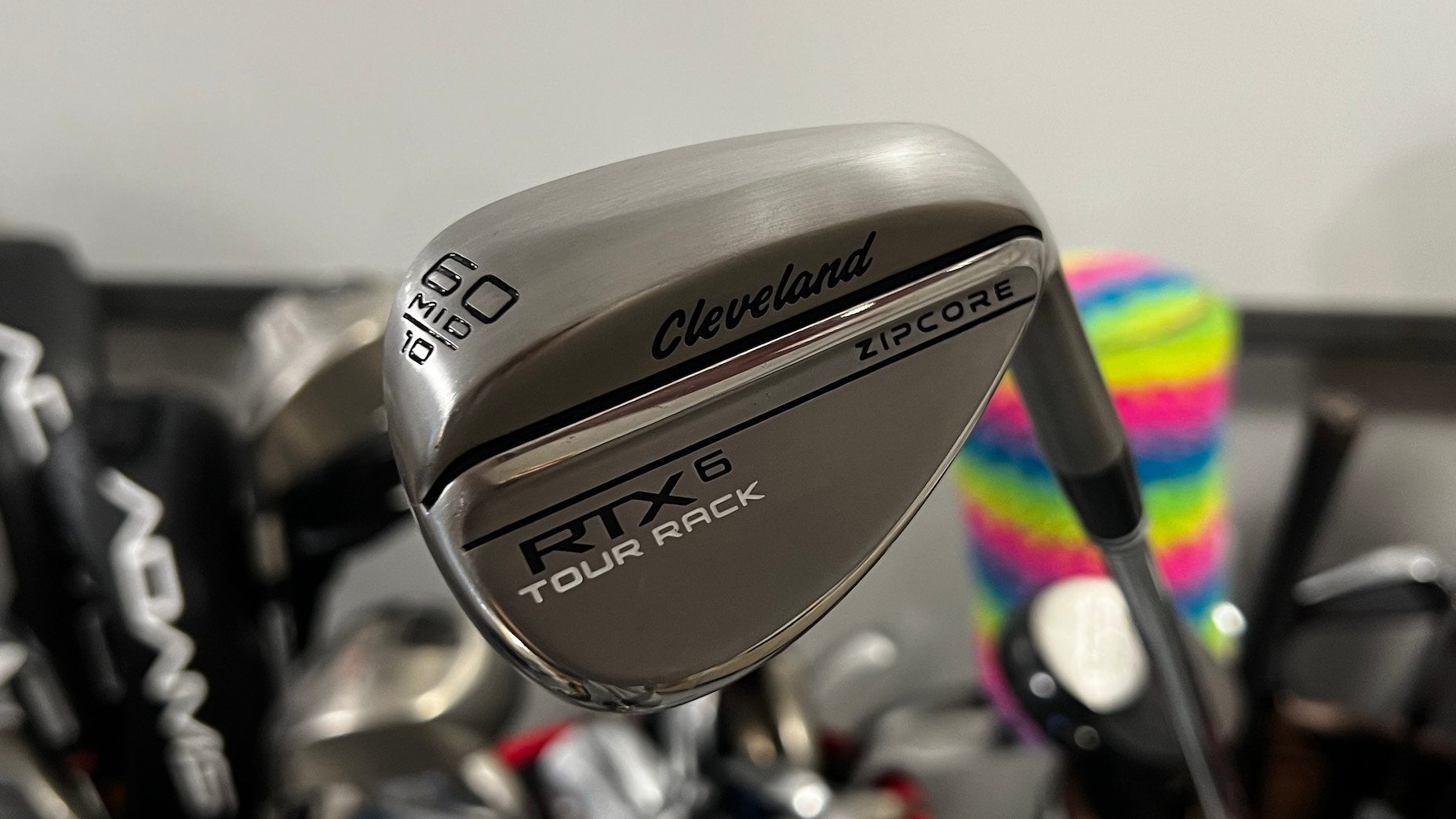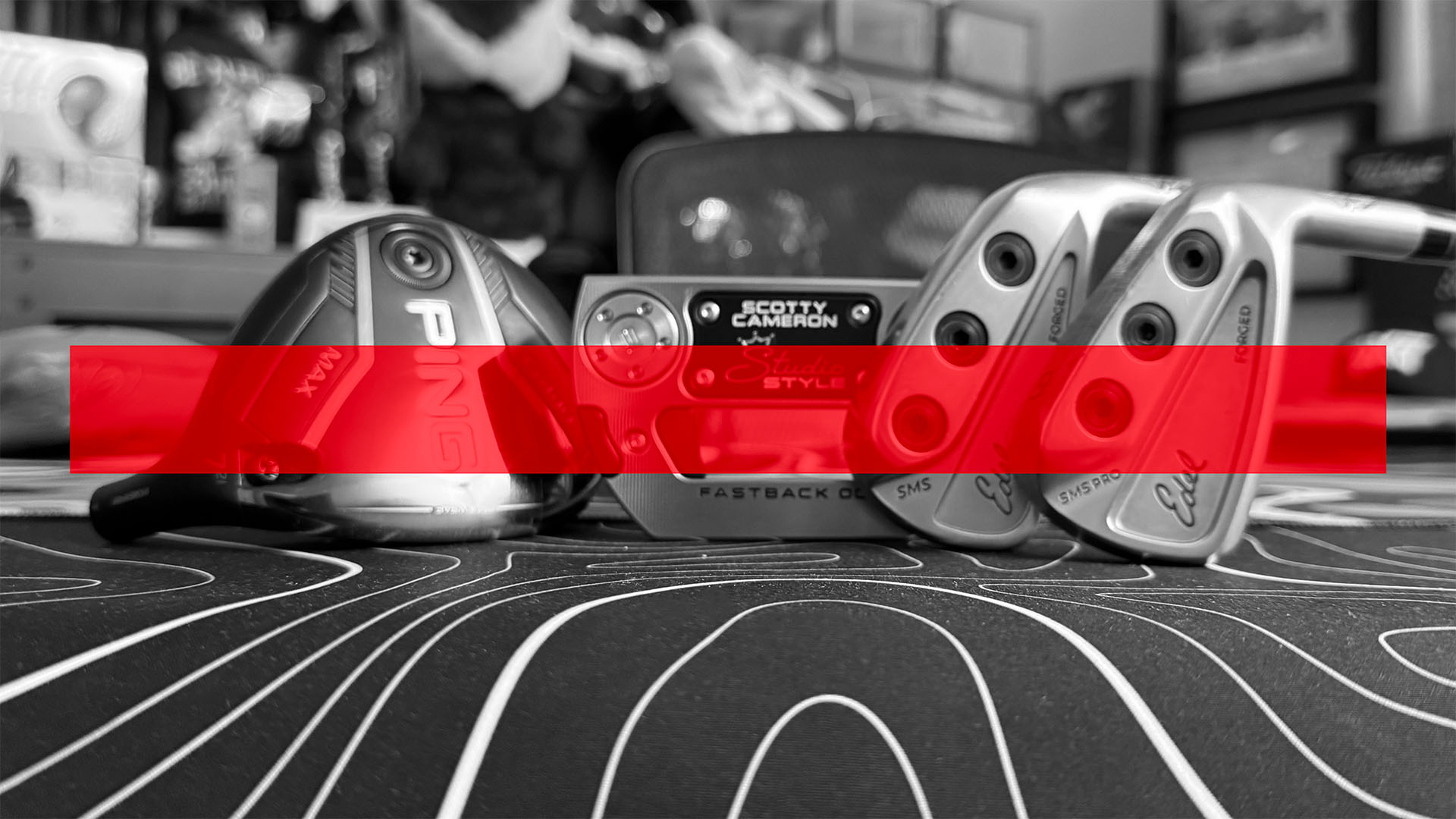Knowing which wedges to carry can be confusing, and depending on your swing speed and skill level you could either be overcomplicating things or losing shots by not giving yourself enough options.
So with the goal of making things easier to understand and to help you save shots approaching and around the greens let’s help you figure out exactly which wedges you should carry based on your skill level.
25 handicaps and above
As a higher-handicap golfer with the goal of breaking 100, wedges are less about trying to score and more about saving shots by staying out of trouble. Golfers in this scoring range generally have issues with controlling distance with the bigger issue being making solid contact with irons and wedges on approach shots.
Considering most golfers in this category are already playing a set of game-improvement irons that come with a pitching wedge with around 45 degrees of loft and a gap (G) or approach (A) wedge with 50 degrees of loft as part of the set, the only other wedge that should be considered is a forgiving a wider sole sand wedge to help with recovery shots close to the green.
Having a sand wedge (54-56 degrees) that can help get you out of the sand or deep rough in one try and onto the green with a chance at making a putt will not only make club selection easier but give you the confidence of having a go-to shot when in trouble.
Optimal setup:
PW: Matching iron set (~45˚)
GW: Matching iron set (~50˚)
SW: Forgiving/wide soled (54˚-56˚)
24-12 handicap
If you’re a golfer in this handicap range you probably have a couple of shots that you are confident with around the green and have a better grasp on distance control and partial shots — so it’s time to give yourself some options.
Robot testing every 2023 wedge: Here’s the best option for YOUR gameBy: Jonathan Wall
Now, before choosing wedges it’s essential to start thinking about the shots you like to hit and what clubs you use when hittings them. For example, if you like to chip with your set gap wedge (usually around 50 degrees of loft) then it might be time to upgrade to a specialty gap wedge that offers the same about of loft but with a more versatile sole design and face technology for extra spin.
From there you can start to look at a sand wedge that offers extra versatility for the shots you need to hit around the green to be a bit more aggressive.
This could be a 54-58 degree wedge that has medium to lower bounce, allowing you to open the face to hit higher pitch shots that stop fasters while still being able to use it to run and chip the ball when needed.
Optimal setup:
PW: Matching iron set (~45˚)
GW: Specialty gap wedge (~50˚)
SW: Medium to low bounce (54˚-58˚)
11 handicap-scratch golfer
For most golfers in this scoring range, controlling distance and having options is vital for scoring and saving shots — this means having a variety of loft options for gapping purposes and matching sole grinds to swing type.
Players in this handicap range have their pick of the litter when it comes to irons options so no matter what you are using for a set it’s most important to know your pitching wedge loft and build out the rest of your wedges from there. In most cases, you want to have 4-6 degree loft gaps from your pitching wedge to your highest lofted wedge (usually 58-60 degrees).
Creating proper loft gaps not only helps you be more accurate with approach shots, but the right grinds for each of those lofts will help you with shot selection.
The most common sole and grind setup for golfers in this handicap range is a full sole gap wedge to help on full swing approach shots, a higher-bounce sand wedge, and a medium bounce lob wedge with a sole grind that makes it easier to open the face when you need to hit it high and stop it quickly.

Optimal setup:
(Base on PW loft and create 4˚-6˚ loft gaps)
PW: Matching iron set (~46˚)
GW: Full sole for full swings (~50˚)
SW: High bounce (54˚-56˚)
LW: Medium bounce with versatile grind (58˚-60˚)
So next time you’re looking for wedges, take the time to ask yourself the right questions about your game to help you make smart decisions before you even hit a shot on the course. This way you can be more confident in your shot selection and start saving shots and lowering your score!
Want to overhaul your bag for 2023? Find a fitting location near you at True Spec Golf.











